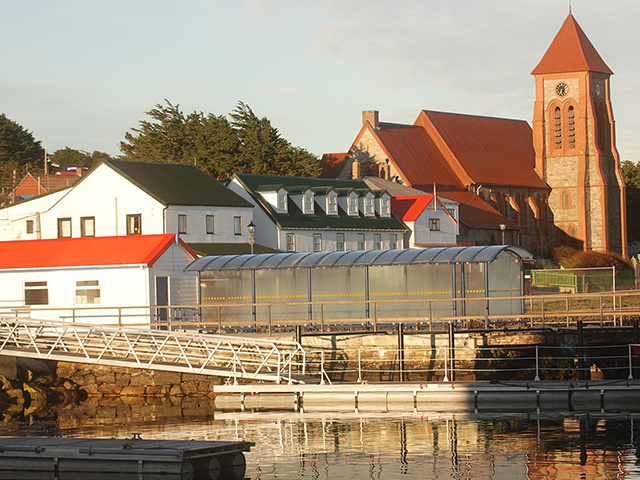
Having picked through Premier Oil’s 2013 first half financials, the company’s decision to phase the Sea Lion development offshore the Falkland Islands comes as no surprise.
In fact it strikes me as being perfectly sensible; not forgetting commonplace.
But what really struck me was the reference to the type of floating production system that might be best suited to producing this, the first ever commercial development offshore the Falklands, which Argentina hungrily covets.
It was a given that Sea Lion would be developed using a floating production system; the surprise was that Premier currently favours using what is called a tension leg platform.
In simple terms, a TLP looks a lot like a semi-submersible drilling rig, except that it is permanently tethered to the sea floor using multiple vertical mooring cables and deep piles.
I immediately began to wonder why a TLP, given that, further to the North offshore Brazil, Petrobras favours converted tankers, which have the advantage of being fairly readily available, moderately priced and can store large quantities of oil for pumping into shuttle tankers that then transport it to refineries onshore.
And then I wondered where Premier might get its TLP built. Italy perhaps? After all, that is where most if not all of the several steel TLPs working successfully in the US Gulf of Mexico have been built in recent years.
It happens that one TLP was built in the UK, right back in the early years of North Sea oil. Known as the Hutton TLP, the hull and topsides were fabricated in Scotland at the Highland Fabricators, Nigg on the Cromarty Firth while the topsides were put together at McDermott’s Ardersier yad on the south shore of the Moray Firth. Then they were towed out and mated in the firth. That was 1984 I think.
The Hutton platform was the first ever TLP and was retired some years ago. Today, the hull sits in the Cromarty Firth, waiting for its next future. It was shorn of its topsides in Murmansk, Russia, some years ago and then brought back to the UK.
Might it offer a low cost alternative to a new-build for Sea Lion? I simply don’t know though clearly a lot would hinge on the condition of the massive yellow steel beast that just sits there doing nothing and apparently without a future.
Meanwhile, another partner in Sea Lion is having an interesting time with the taxman in the Falkland Islands.
A couple of days ago, shares in Rockhopper Exploration dropped almost 10% as it revealed a full-year loss of $75million (£48million) due to a $122million tax bill from the Falkland Islands government.
$122million is a staggering amount of money for the Falklands treasury. The autonomous UK possession’s main industry is fishing, which generates just $23m a year. Beyond that, the territory receives only $16m in tax receipts a year from other business sectors. That’s all.
The oil junior made a pre-tax profit of $47million for the year ended 31 March, up from a loss of $53million in the previous year, but capital gains tax on its Sea Lion farm-out wiped out this profit.
Rockhopper is in ongoing discussion with the Falkland Islands government over the total amount of tax to be paid; presumably chairman Pierre Jungels thinks is far too much money to hand over. At least the FIG has agreed to talk.
It was last October when Rockhopper sold 60% of its stake in the Sea Lion development to Premier for $231million in cash, a $722million development carry and an exploration carry of $45million.